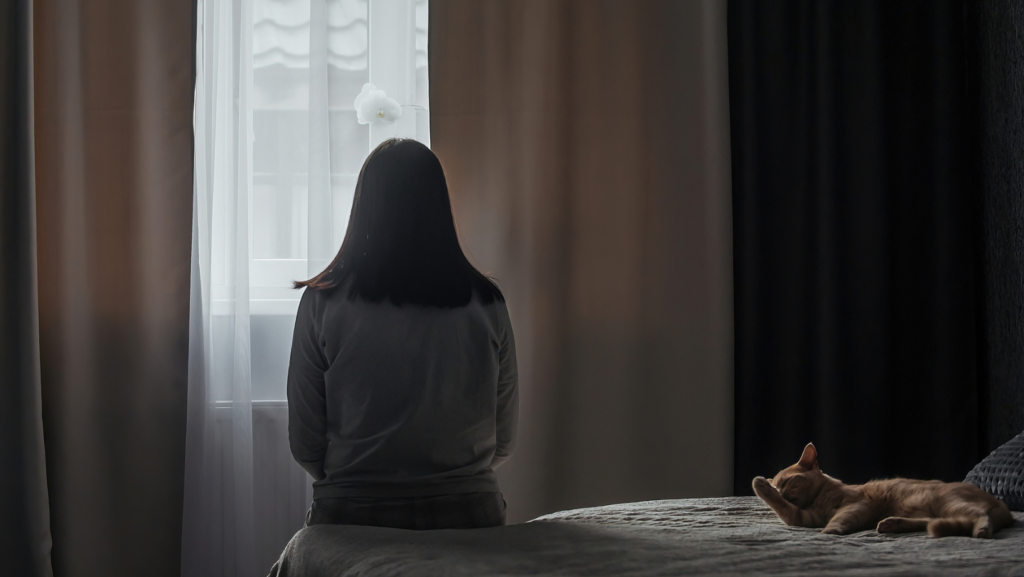As the days get shorter and the temperatures drop, many of us find ourselves reaching for cozy blankets and warm drinks to combat the winter chill. However, for some individuals, the winter season brings more than just a longing for sunshine—it triggers a condition known as Seasonal Affective Disorder. In this article, we’ll delve into the depths of seasonal depression, exploring its symptoms, causes, and available treatments.
Understanding Seasonal Affective Disorder, aptly abbreviated as SAD, is more than just a case of the winter blues. According to Johns Hopkins Medicine, it is a type of depression that occurs at a specific time of year, typically during the fall and winter months when daylight hours are shorter. University Psychiatry Associates physician Craig Campbell, MD, FAPA, notes that SAD is a spectrum phenomenon, ranging from mild winter-time blues and irritability to severe depression. This disorder can impact various aspects of one’s life, from mood and energy levels to sleep patterns and daily activities.
Mayo Clinic sheds light on the symptoms and causes of SAD, emphasizing the importance of recognizing the signs early on. Common symptoms include persistent low mood, loss of interest in activities, fatigue, and difficulty concentrating. The reduced exposure to sunlight during the winter months is believed to play a significant role, affecting the body’s internal clock and neurotransmitter levels. Dr. Campbell explains that seasonal changes in mood, associated with the light/dark cycle are especially common in individuals with underlying or pre-existing mood disorders, such as Recurrent Major Depression and Bipolar Disorder. “It is interesting to note that some individuals struggle in the late spring when daylight is at its maximum,” says Dr. Campbell.
Cleveland Clinic adds that while the exact cause of SAD is not fully understood, factors such as biological predisposition, changes in melatonin and serotonin levels, and disrupted circadian rhythms may contribute to the development of this condition.
The National Institute of Mental Health (NIMH) provides valuable insights into the diagnosis and treatment of seasonal depression. Consulting a healthcare professional is crucial for an accurate diagnosis, as the symptoms of SAD can overlap with other mental health conditions. Treatment options may include light therapy, psychotherapy, and medication. Dr. Campbell highlights the effectiveness of phototherapy using a light box, but underscores the importance of using the device effectively. He explains the device should provide an adequate amount of light at a reasonable distance. Ideally, the device should deliver 10,000 lux at about 24 inches away and utilized for about 30 minutes each morning.
The emotional journey of dealing with SAD can be challenging, and seeking assistance from health care providers, friends, and family is a crucial step towards finding relief.
Seasonal Affective Disorder is a complex and often misunderstood condition that generally affects individuals during the darker months of the year. By recognizing the symptoms, understanding the causes, and exploring available treatments, we can better navigate the winter blues and provide support for those facing the challenges of seasonal depression.
For information on the psychiatric services provided at University Psychiatry Associates, please visit, universitymds.info/psych.

